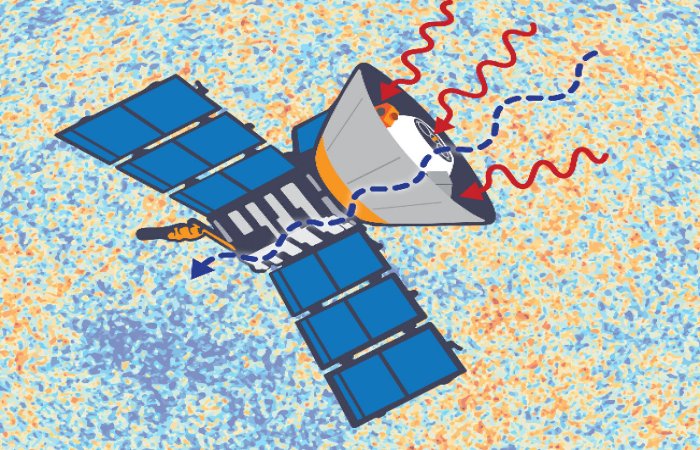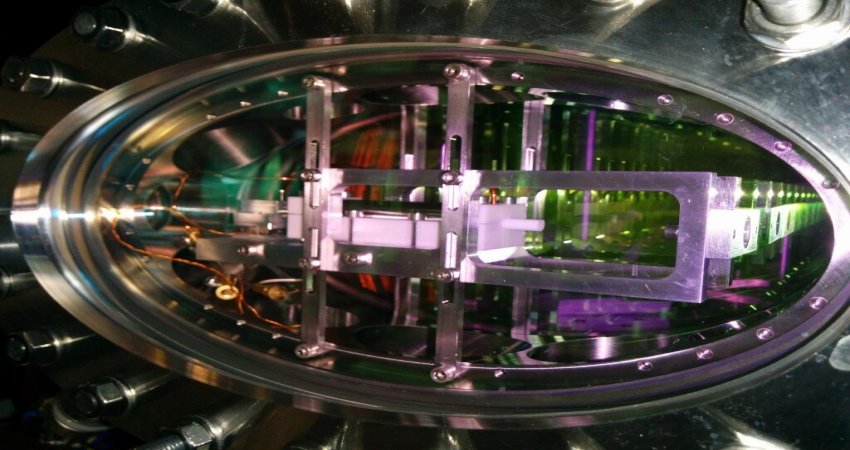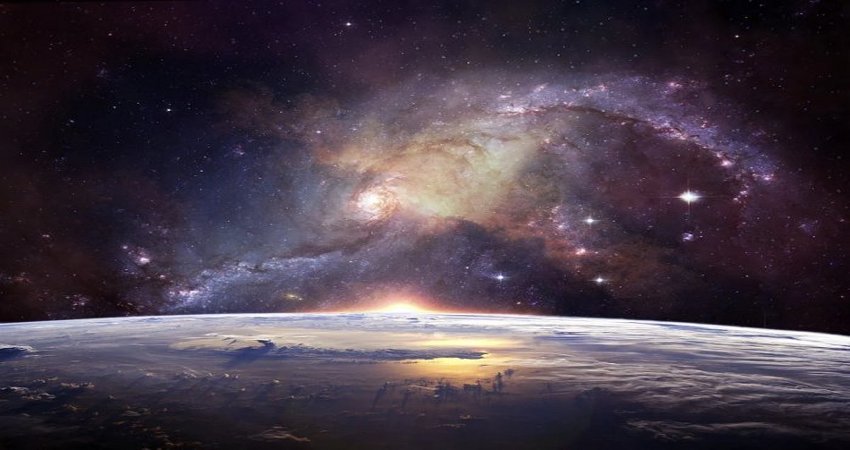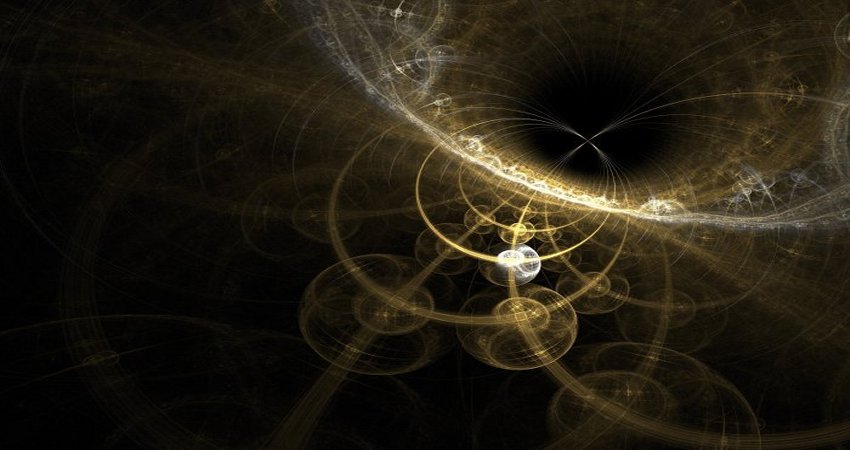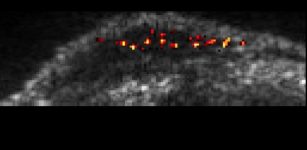Ghostly ‘Mirror World’ Might Be Cause Of Cosmic Controversy
Eddie Gonzales Jr. – MessageToEagle.com – New research suggests an unseen “mirror world” of particles that interacts with our world only via gravity that might be the key to solving a major puzzle in cosmology today—the Hubble constant problem.
An artist’s rendition of the COBE Satellite. Credit: Matthew Verdolivo, UC, Davis
The Hubble constant is the rate of expansion of the universe today. Predictions for this rate—from cosmology’s standard model—are significantly slower than the rate found by our most precise local measurements. This discrepancy is one that many cosmologists have been trying to solve by changing our current cosmological model.
The challenge is to do so without ruining the agreement between standard model predictions and many other cosmological phenomena, such as the cosmic microwave background. Determining whether such a cosmological scenario exists is the question that researchers, including Francis-Yan Cyr-Racine, assistant professor in the Department of Physics and Astronomy at The University of New Mexico, Fei Ge and Lloyd Knox at the University of California, Davis have been trying to answer.
According to NASA, cosmology is the scientific study of the large-scale properties of the universe as a whole. Cosmologists study concepts such as dark matter, and dark energy and whether there is one universe or many, sometimes called a multiverse. Cosmology entails the entire universe from birth to death with mysteries and intrigue at every turn.
Now, Cyr-Racine, Ge, and Knox have discovered a previously unnoticed mathematical property of cosmological models which could, in principle, allow for a faster expansion rate while hardly changing the most precisely tested other predictions of the standard cosmological model. They found that a uniform scaling of the gravitational free-fall rates and photon-electron scattering rate leaves most dimensionless cosmological observables nearly invariant.
“Basically, we point out that a lot of the observations we do in cosmology have an inherent symmetry under rescaling the universe as a whole. This might provide a way to understand why there appears to be a discrepancy between different measurements of the Universe’s expansion rate.”
This result opens a new approach to reconciling cosmic microwave background and large-scale structure observations with high values of the Hubble constant H0: Find a cosmological model in which the scaling transformation can be realized without violating any measurements of quantities not protected by the symmetry. This work has opened a new path toward resolving what has proved to be a challenging problem. Further model building might bring consistency with the two constraints not yet satisfied: the inferred primordial abundances of deuterium and helium.
If the universe is somehow exploiting this symmetry researchers are led to an extremely interesting conclusion: that there exists a mirror universe very similar to ours but invisible to us except through gravitational impact on our world. Such “mirror world” dark sector would allow for an effective scaling of the gravitational free-fall rates while respecting the precisely measured mean photon density today.
“In practice, this scaling symmetry could only be realized by including a mirror world in the model—a parallel universe with new particles that are all copies of known particles,” said Cyr-Racine. “The mirror world idea first arose in the 1990s but has not previously been recognized as a potential solution to the Hubble constant problem.
“This might seem crazy at face value, but such mirror worlds have a large physics literature in a completely different context since they can help solve important problem in particle physics,” explains Cyr-Racine. “Our work allows us to link, for the first time, this large literature to an important problem in cosmology.”
In addition to searching for missing ingredients in our current cosmological model, researchers are also wondering whether this Hubble constant discrepancy could be caused in part by measurement errors. While it remains a possibility, it is important to note that the discrepancy has become more and more significant as higher quality data have been included in the analyses, suggesting that the data might not be at fault.
“It went from two and a half Sigma, to three, and three and a half to four Sigma. By now, we are pretty much at the five-Sigma level,” said Cyr-Racine. “That’s the key number which makes this a real problem because you have two measurements of the same thing, which if you have a consistent picture of the universe should just be completely consistent with each other, but they differ by a very statistically significant amount.”
“That’s the premise here and we’ve been thinking about what could be causing that and why are these measurements discrepant? So that’s a big problem for cosmology. We just don’t seem to understand what the universe is doing today.”
Written by Eddie Gonzales Jr. – MessageToEagle.com Staff

